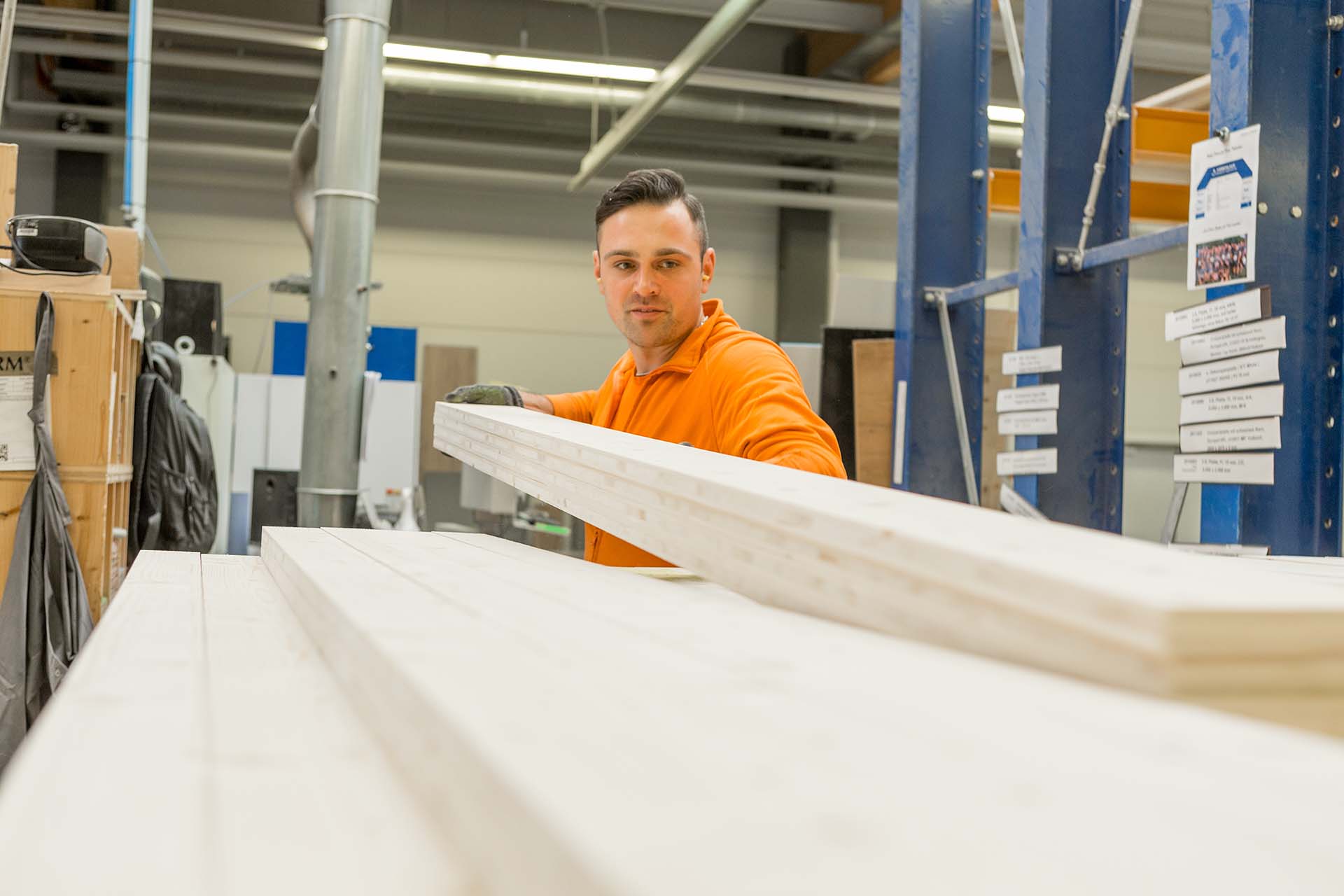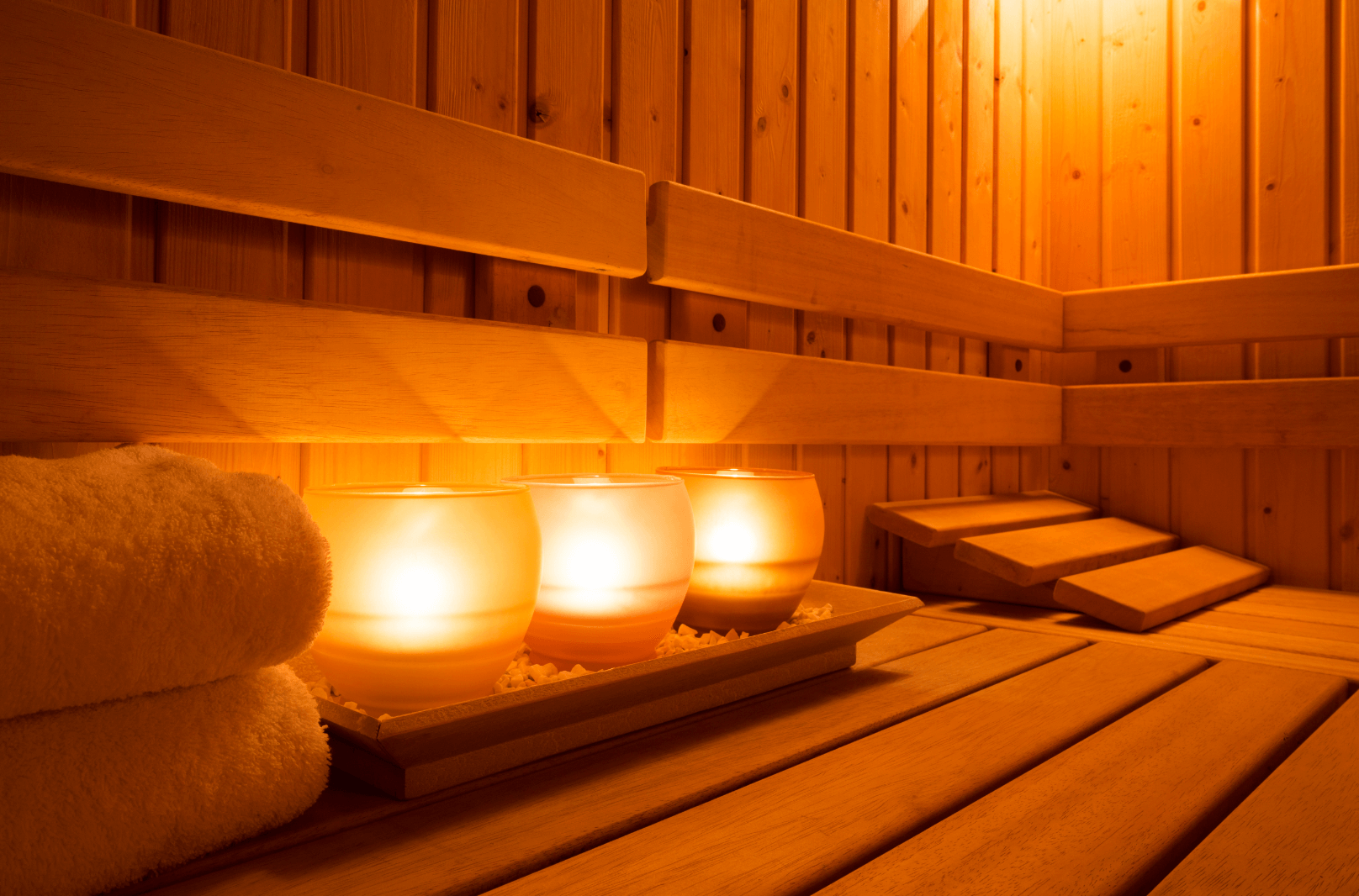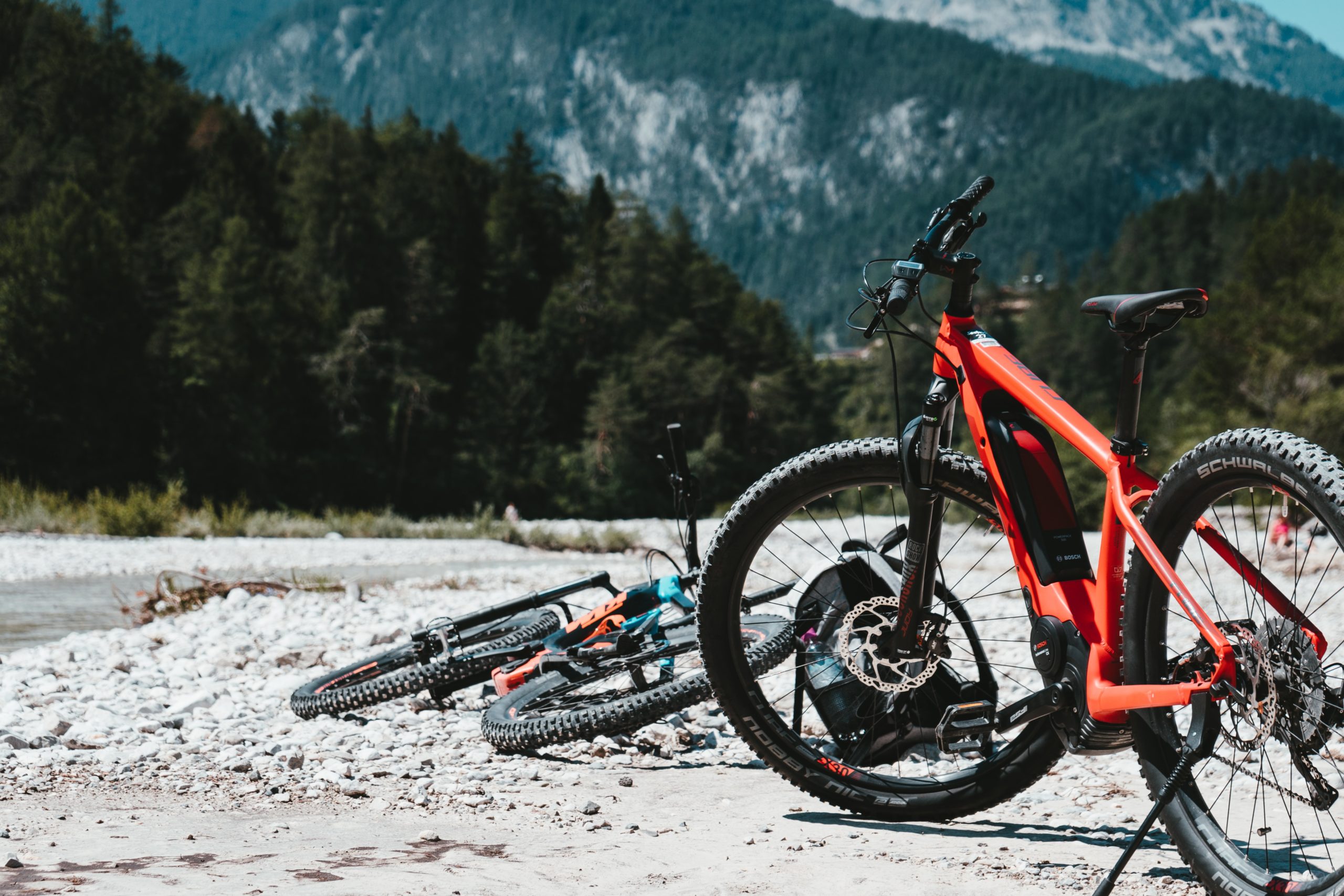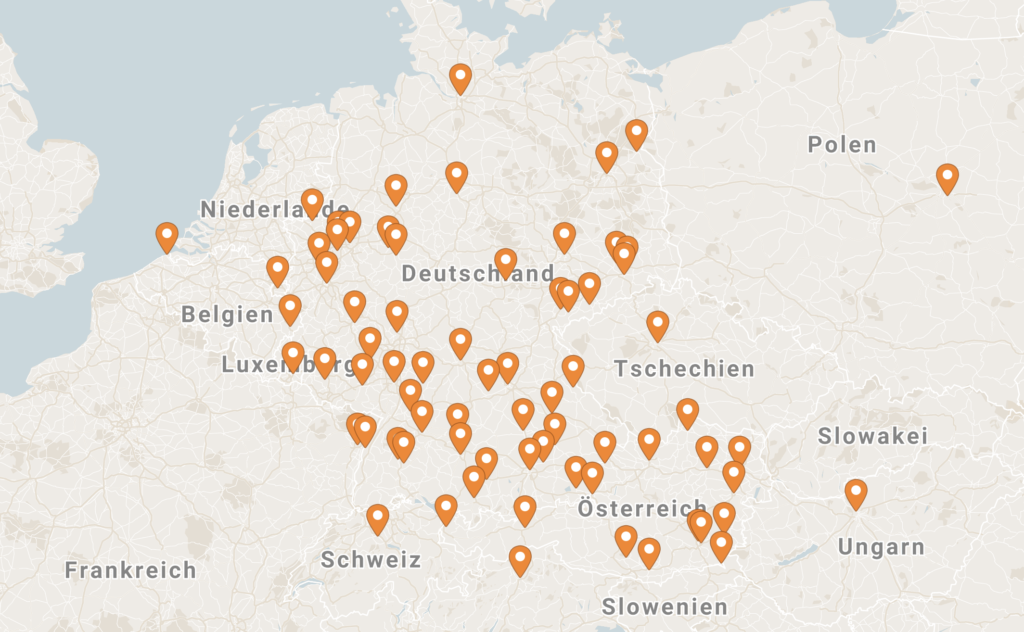Frequently asked questions and answers
We are so convinced of our quality that we give our customers a lifetime guarantee on the "heart" of the cabin, the infrared heating elements. Here, too, we prove our uniqueness. Better safe than sorry. Physiotherm is long-lasting brand quality made in Tyrol.
To ensure that the Physiotherm infrared cabin stands straight, make sure that the surface is firm, level and even. Uneven surfaces must be levelled out.
Electrical connection:
The connection socket must be fused with max. 16A. A 12A fuse is sufficient for models with max. 2 user stations. The use of a residual current circuit breaker is recommended.
The location of the infrared cabin must be protected from splashing water.
The air humidity should correspond to that in normal living rooms. If this is not possible, an appropriate humidity balance must be created - e.g. by ventilating the room. The maximum relative humidity should not exceed 95 % (non-condensing).
The optimum ambient temperature for your Physiotherm infrared cabin corresponds to the usual living room temperature (20 °C and above).
If the ambient temperature is lower than the temperature in the living room (between 15 and 20 °C), it is recommended to preheat the Physiotherm infrared cabin. The duration of this depends on the room temperature in the installation room.
For ambient temperatures below 15 °C, please contact your Physiotherm consultant or our customer service before starting installation.
When assembled, the Physiotherm infrared cabin must not be subjected to mechanical stress from the outside (e.g. by high-pressure cleaners).
The installation location should be chosen so that the control element on the back remains accessible at all times (e.g. also by moving the Physiotherm infrared cabin). If these points are not taken into account, this can have negative effects on the function, durability and also the appearance of your Physiotherm infrared cabin!
In case of pregnancy, illnesses (e.g. sensitivity disorders even after treatments of the skin, paralysis, epilepsy, high blood pressure, scars in the back area, implants with external access) or the intake of medication, in particular when taking medication which can impair the sensation of warmth, please speak to your doctor before using the cabin.
Please refrain from using in case of fever, acute infections and inflammations, fresh injuries, thromboses, under the influence of alcohol or drugs as well as after sunbathing or visiting a solarium.
If you have any other illnesses, you are welcome to speak to your Physiotherm consultant. We will be happy to forward your enquiries to the medical, scientific department.
Physiotherm has not conducted its own studies on possible changes in breast milk caused by the use of the cabin. However, no direct impairment of the breast milk by the infrared radiation is to be expected, as the infrared radiation cannot penetrate to the glandular tissue.
The increased blood circulation can stimulate milk production. In any case, the increased fluid and mineral requirements due to milk production and additional fluid and mineral loss due to sweating must be taken into account. Especially during the breastfeeding period, this must be compensated for to a greater extent.
If you suffer from a recent thrombosis, you must avoid the cabin. Your attending doctor can assess when increased blood flow (increased blood return via the veins) to the affected leg can safely take place again.
Varicose veins (varicose veins) do not initially represent a restriction on application. Since Physiotherm deliberately does not use radiators in the lower leg area, the application is generally well tolerated. However, since the venous system has to return more blood to the body during the application, in rare cases - with a severely damaged venous system - there may be a feeling of tightness in the lower leg. The transport capacity of the veins has then reached its limit. If necessary, you can place your legs on a small stool (10 - 15 cm is usually sufficient) to minimise the hydrostatic pressure in the lower veins. You can also use a soft (foam) seat pad, which you should protect from the radiator with a standard aluminium foil. A suitable seat pad improves pressure distribution (sitting) in the thigh and facilitates blood return in the veins. Also make sure that hips and knees are bent as little as possible; this also facilitates the blood return flow from the legs.
Like other implants, pacemakers are not affected by infrared radiation. The electromagnetic fields that can be measured in the cabin are far below the levels that are considered potentially problematic.
Circulatory problems are not initially a contraindication per se. The blood redistribution stimulated by the physiotherapy application trains the vascular system and can favourably influence both hypertension and hypotension in the long term.
In the case of hypotension, it is important to ensure sufficient mineral and fluid intake. During use, there is a slight increase in the systolic ("upper") value due to the gradual redistribution of blood. In the case of severe hypertension, care should therefore be taken to ensure that the patient's condition is controlled by medication. In both cases, regular Physiotherm application based on vascular training can help to alleviate the symptoms.
Especially when a cold threatens, it is worth visiting the cabin if there are no restrictions on use such as an existing fever or acute bacterial infections. Make sure you wrap up warmly - including feet and head - after leaving the cabin.





